This pub is closed permanently. Your nearest Wetherspoon pub: The New Cross Turnpike
The name of this Wetherspoon pub recalls its former use as a branch of Martins Bank. Originally the Bank of Liverpool, founded in 1836, it merged with Barclays in 1968.
Illustrations and text about Eltham Palace.
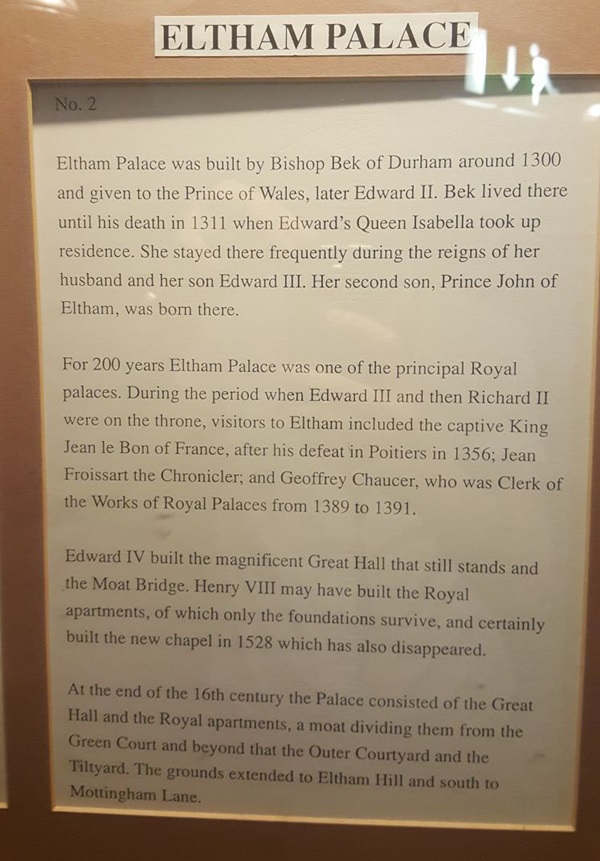
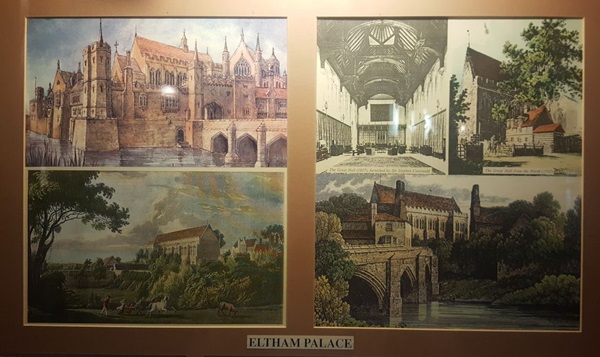
The text reads: Eltham Palace was built by Bishop Bek of Durham around 1300 and given to the Prince of Wales, later Edward II. Bek lived there until his death in 1311 when Edward’s Queen Isabella took up residence. She stayed there frequently during the reigns of her husband and her son Edward III. Her second son, Prince John of Eltham, was born there.
For 200 years Eltham Palace was one of the principal royal palaces. During the period when Edward III and then Richard II were on the throne, visitors to Eltham included the captive King Jean le Bon of France, after his defeat in Poitiers in 1356; Jean Froissart the Chronicler; and Geoffrye Chaucer, who was Clerk of the Works of royal palaces from 1389 to 1391.
Edward IV built the magnificent Great Hall that still stands and Moat Bridge. Henry VIII may have built the royal apartments, of which only the foundations survived, and certainly built the new chapel in 1528 which has also disappeared.
At the end of the 16th century the palace consisted of the Great Hall and the royal apartments, a moat dividing them from the Green Court and beyond that the Outer Courtyard and the Tiltyard. The grounds extended to Eltham Hill and south to Mottingham Lane.
Illustrations and text about the lady of Well Hall.
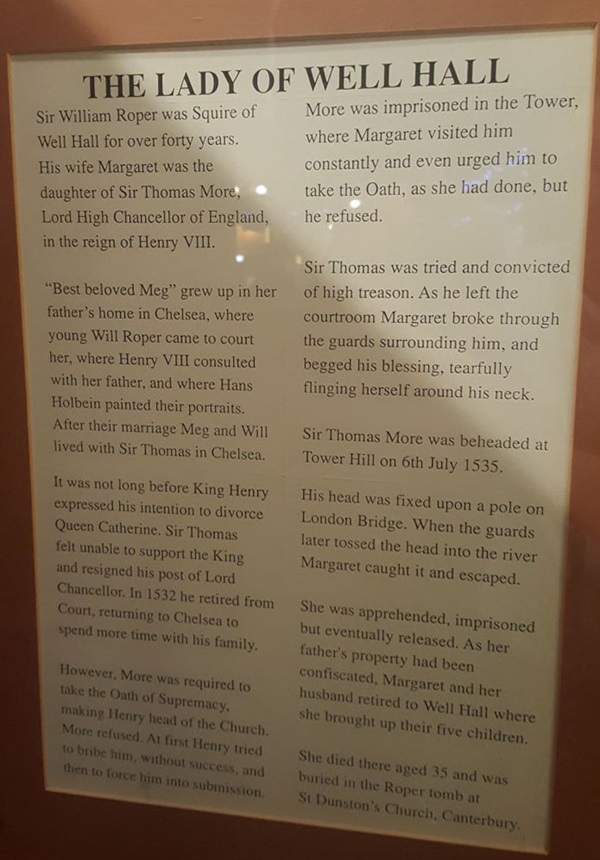
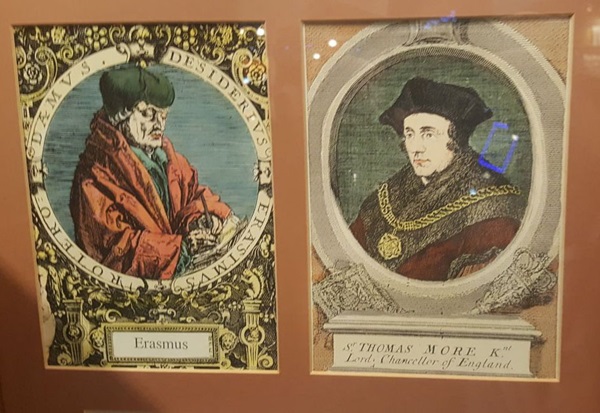
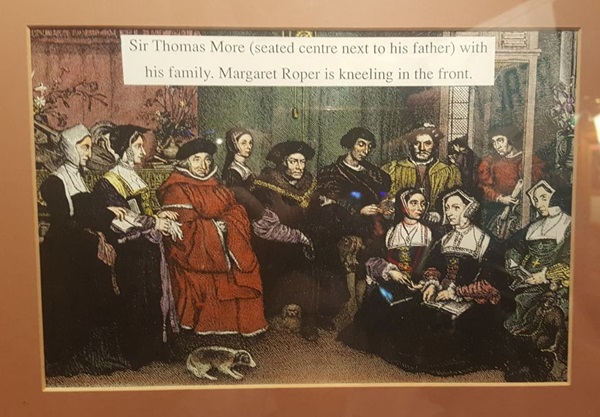
The text reads: Sir William Roper was squire of Well Hall for over forty years. His wife Margaret was the daughter of Sir Thomas More, Lord High Chancellor of England, in the reign of Henry VIII.
‘Best beloved Meg’ grew up in her father’s home in Chelsea, where young Will Roper came to court her, where Henry VIII consulted with her father, and where Hans Holbein painted their portraits. After their marriage Meg and Will lived with Sir Thomas in Chelsea.
It was not long before King Henry expressed his intention to divorce Queen Catherine. Sir Thomas felt unable to support the King and resigned his post of Lord Chancellor. In 1532 he retired from court, returning to Chelsea to spend more time with his family.
However, More was required to take the Oath of Supremacy, making Henry head of the church. More refused. At first Henry tried to bribe him, without success, and then to force him into submission.
More was imprisoned in the tower, where Margaret visited him constantly and even urged him to take the Oath, as she had done, but he refused.
Sir Thomas was tried and convicted of high treason. As he left the courtroom Margaret broke through the guards surrounding him, and begged his blessing, tearfully flinging herself around his neck.
Sir Thomas More was beheaded at Tower Hill on 6 July 1535.
His head was fixed upon a pole on London Bridge. When the guards later tossed the head into the river, Margaret caught it and escaped.
She was apprehended but eventually released. As her father’s property had been confiscated, Margaret and her husband retired to Well Hall where she brought up their five children.
She died there aged 35 and was buried in the Roper tomb at St Dunston’s Church, Canterbury.
Text about the history of Eltham.
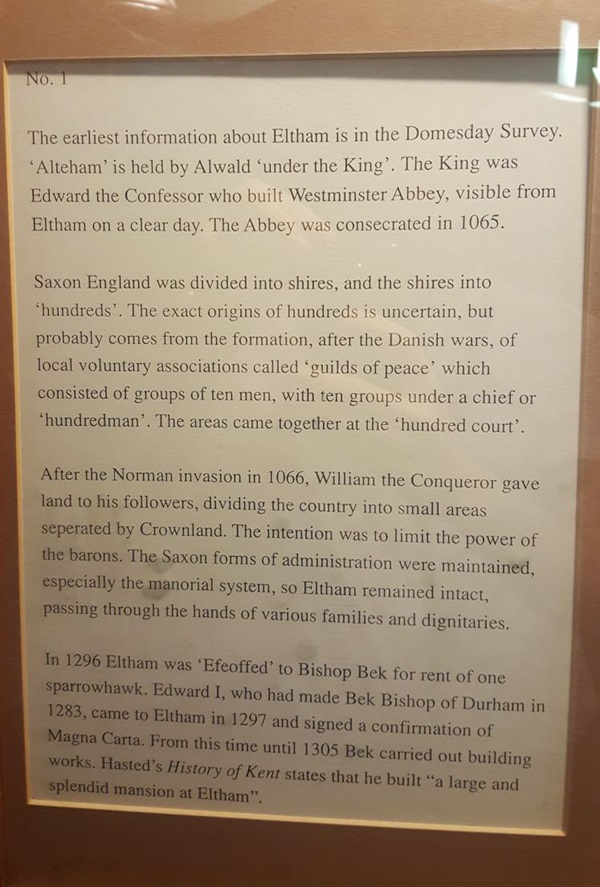
The text reads: The earliest information about Eltham is in the Domesday Survey. ‘Alteham’ is held by Alwald ‘under the King’. The King was Edward the Confessor who built Westminster Abbey, visible from Eltham on a clear day. The abbey was consecrated in 1065.
Saxon England was divided into shire, and the shires into ‘hundreds’. The exact origins of hundreds is uncertain, but probably comes from the formation, after the Danish wars, of local voluntary associations called ‘guilds of peace’ which consisted of groups of ten men, with ten groups under a chief or ‘hundredman’. The areas came together at the ‘hundred court’.
After the Norman invasion in 1066, William the Conqueror gave land to his followers, dividing the country into small areas separated by Crownland. The intention was to limit the power of the barons. The Saxon forms of administration were maintained, especially the manorial system, so Eltham remained intact, passing through the hands of various families and dignitaries.
In 1296 Eltham was ‘Efeoffed’ to Bishop Bek for rent of one sparrow hawk. Edward I, who had made Bek Bishop of Durham in 1283, came to Eltham in 1297 and signed a confirmation of Magna Carta. From this time until 1305 Bek carried out building works. Hasted’s History of Kent states that he built “a large and splendid mansion at Eltham”.
Illustrations and text about Jean Froissart and Geoffrey Chaucer.
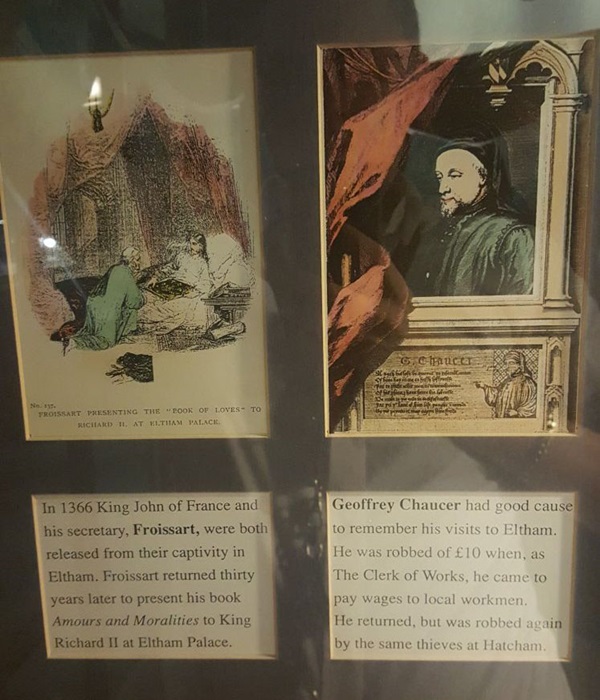
The text reads: in 1366 King John of France and his secretary, Froissart, were both released from their captivity in Eltham. Froissart returned thirty years later to present his book Amours and Moralities to King Richard II at Eltham Palace.
Geoffrye Chaucer had good cause to remember his visits to Eltham. He was robbed of £10 when, as the Clerk of Works, he came to pay wages to local workmen. He returned, but was robbed again by the same thieves at Hatcham.
An illustration and text about Elizabeth I.
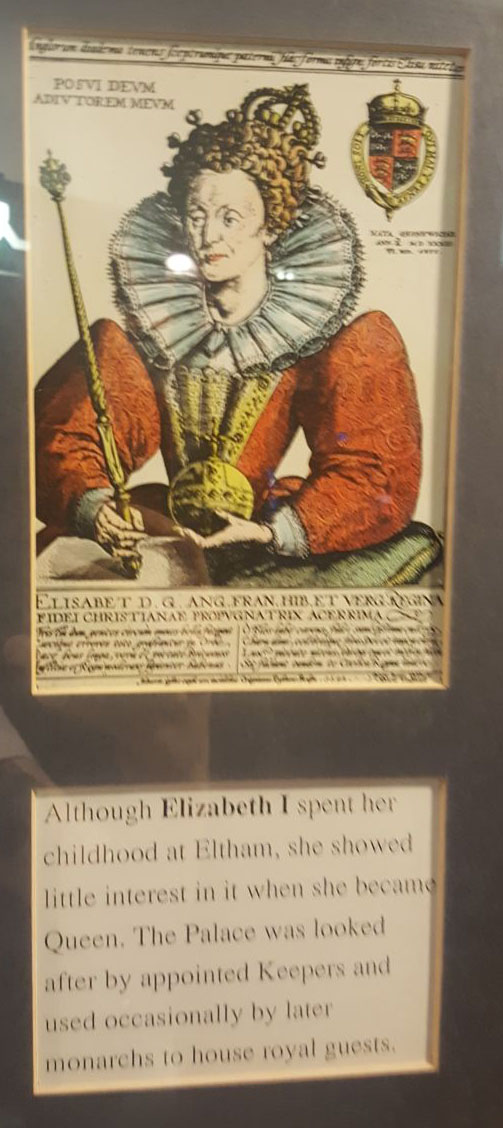
The text reads: Although Elizabeth I spent her childhood at Eltham, she showed little interest in it when she became Queen. The palace was looked after by appointed keepers and used occasionally by later monarchs to house royal guests.
An illustration and text about Henry VIII.
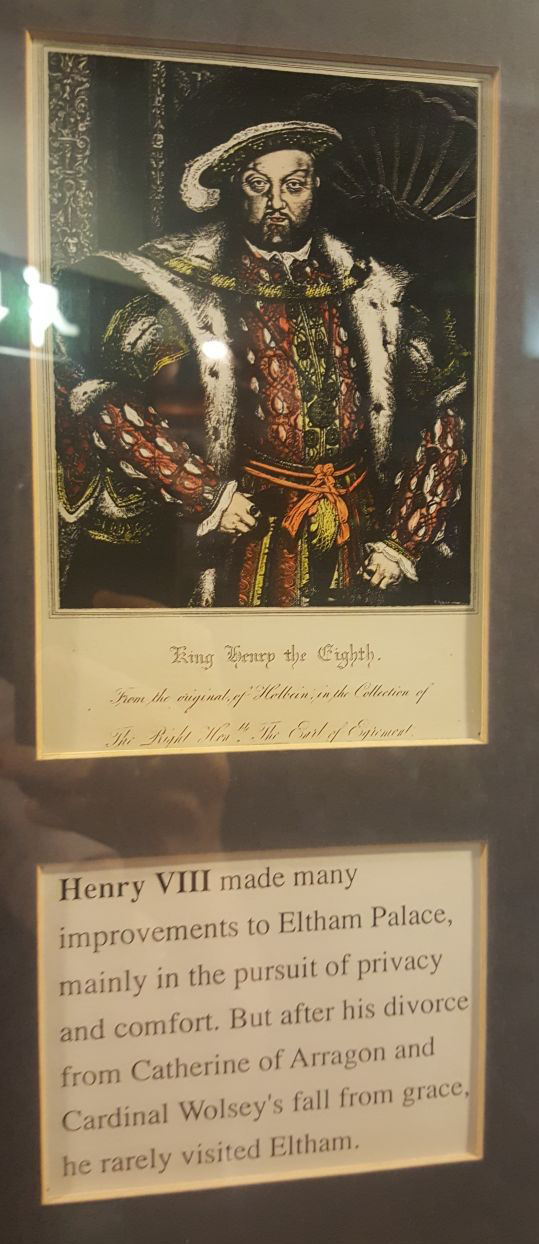
The text reads: Henry VIII made many improvements to Eltham Palace, mainly in the pursuits of privacy and comfort. But after his divorce from Catherine of Aragon and Cardinal Wolsey’s fall from grace, he rarely visited Eltham.
An illustration and text about King Henry V.
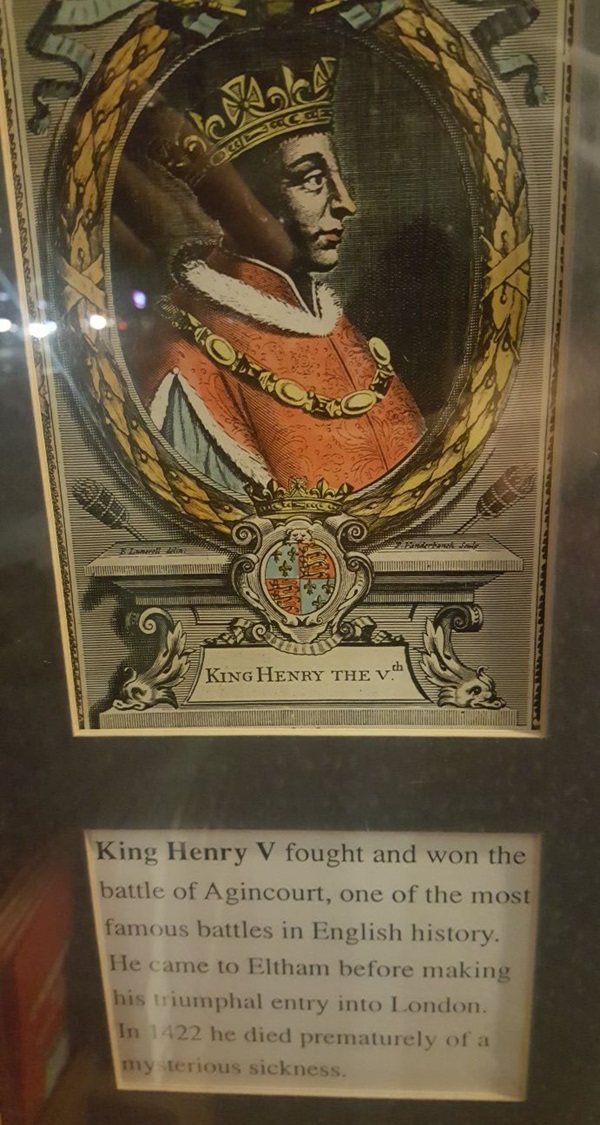
The text reads: King Henry V fought and won the Battle of Agincourt, one of the most famous battles in English history. He came to Eltham before making his triumphal entry into London. In 1422 he died prematurely of a mysterious sickness.
An illustration and text about King Henry VI.
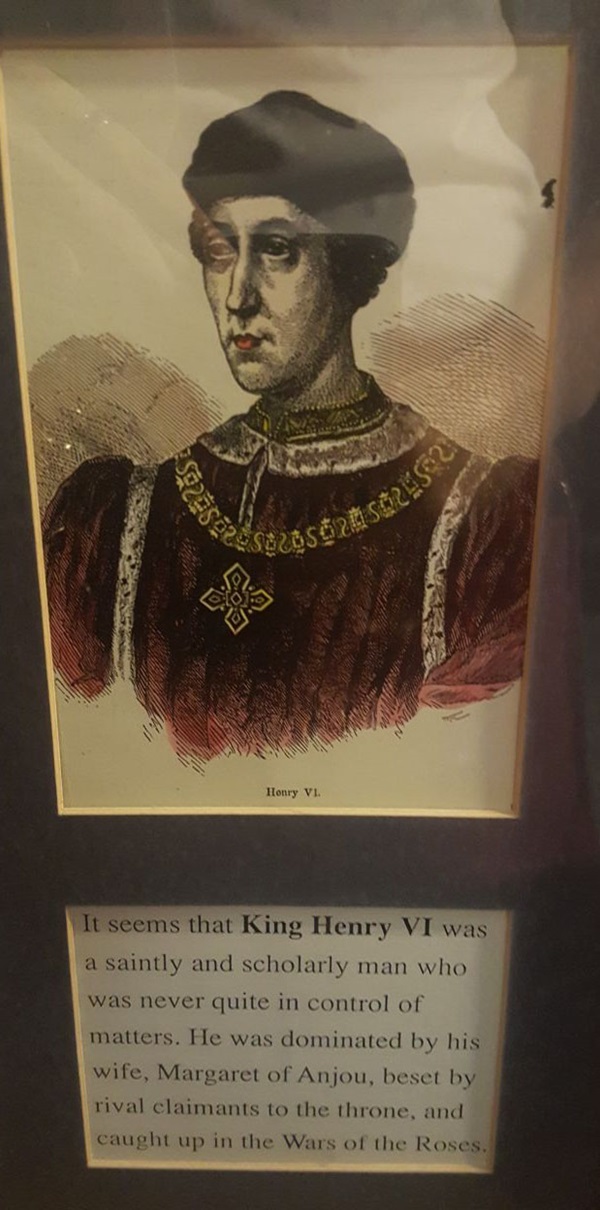
The text reads: It seems that King Henry VI was a saintly and scholarly man who was never quite in control of matters. He was dominated by his wife, Margaret of Anjou, beset by rival claimants to the throne, and caught up in the War of the Roses.
A collection of old photographs of Eltham.
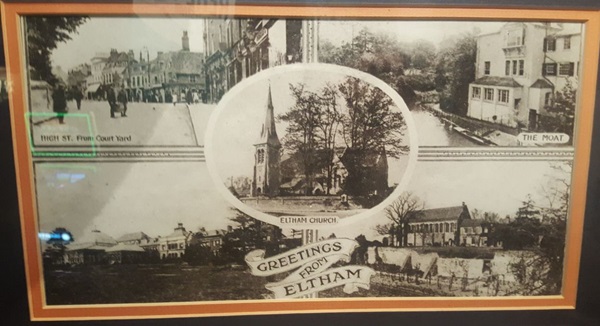
A photograph of the Broadway, Eltham.
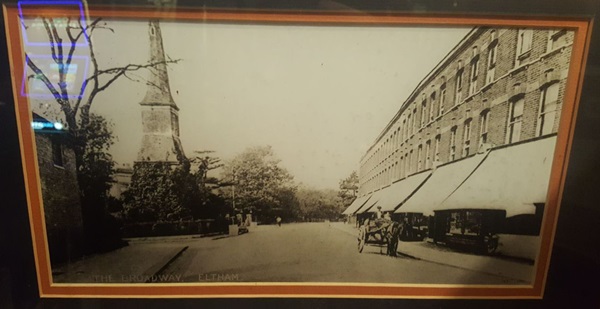
A photograph of Moat Bridge, Eltham.
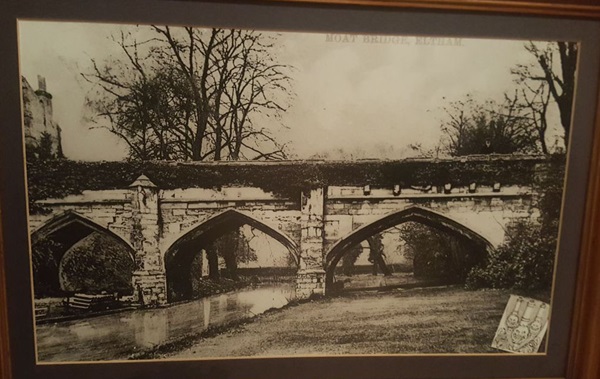
A photograph of High Street, Eltham.
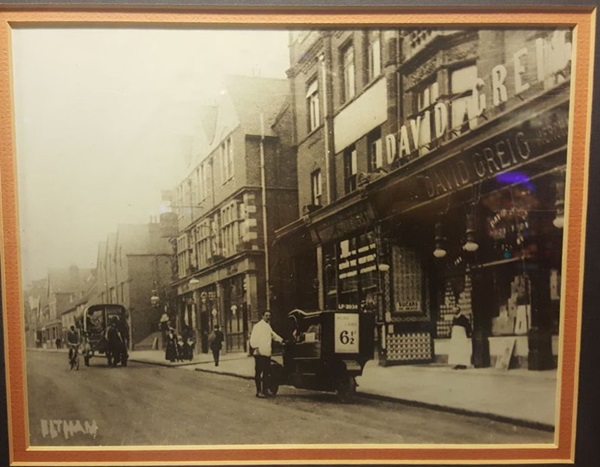
A photograph of Well Hall Parade, Eltham.
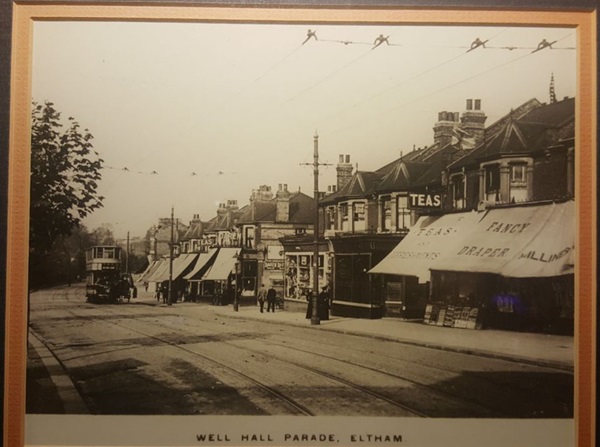
An illustration of Eltham.
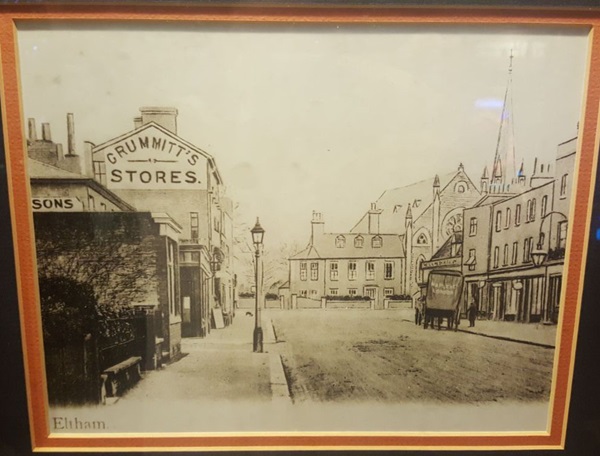
An old photograph of Eltham.
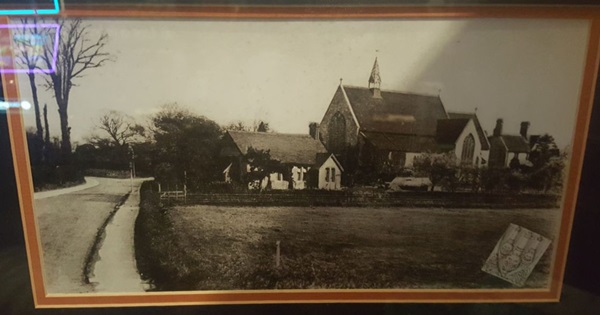
A photograph of High Street, Eltham.
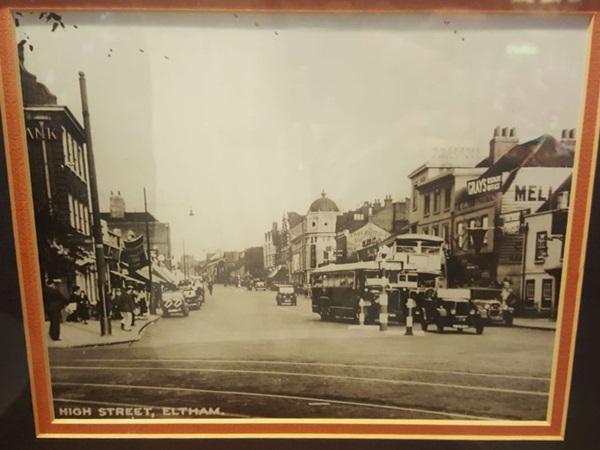
A photograph of Eltham library.
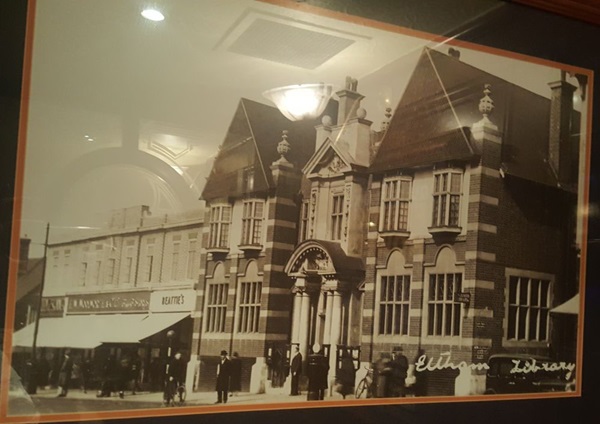
A photograph of High Street, Eltham, c1961.
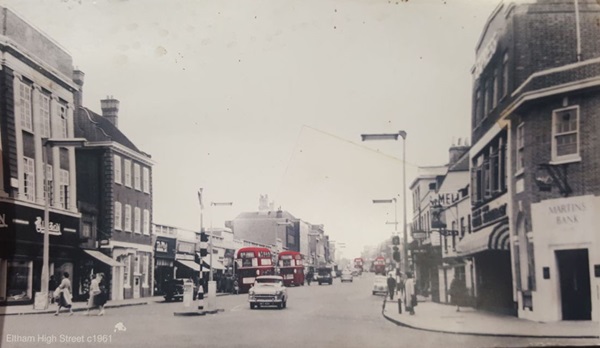
An old photograph of Eltham.
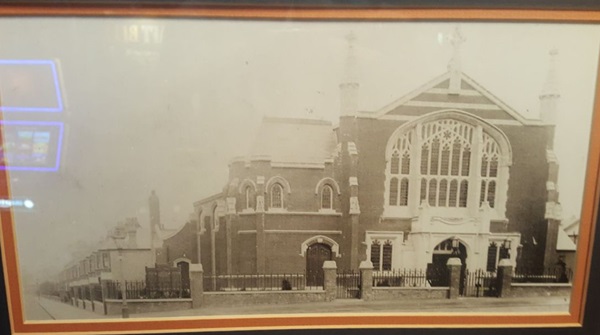
A photograph of Gravel Pit Lane, Eltham.
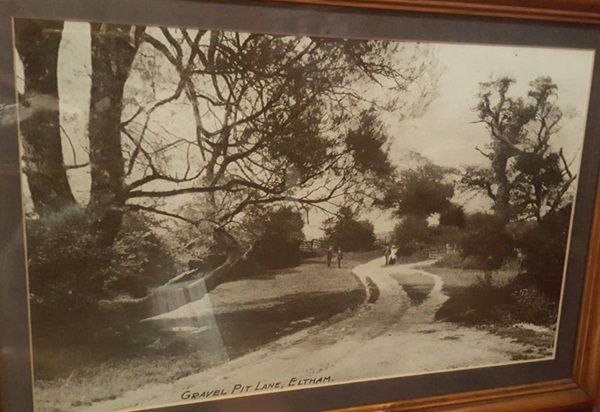
If you have information on the history of this pub, then we’d like you to share it with us. Please e-mail all information to: pubhistories@jdwetherspoon.co.uk